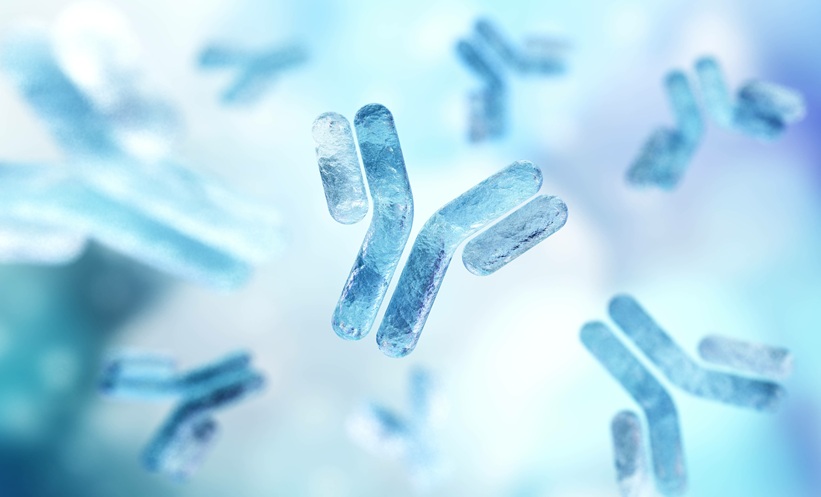Saccharomyces cerevisiae is a common yeast used in the food industry. The integrity of the intestinal mucosal barrier is a crucial feature that prevents dietary antigens, such as S. cerevisiae, from coming into contact with resident immune cells and triggering an immune response. In specific conditions, for example as a consequence of a local inflammatory response, the integrity of the intestinal mucosal barrier is partially lost and subjects develop antibodies against these microbial dietary antigens, such as those against the phosphopeptidomannan of S. cerevisiae, termed anti-Saccharomyces cerevisiae antibodies (ASCA).1 Inflammatory bowel diseases are the prototype of diseases characterised by gut inflammation and development of antibodies against microbial dietary antigens. ASCA are detectable in ≤70% of patients with Crohn’s disease, highlighting them as a very specific marker for this condition.2 It has been recently speculated that, in genetically predisposed individuals, microbial dietary antigens may trigger the development of an aberrant autoimmune response through molecular mimicry of autoantigens.3 In this regard, ASCA have been investigated in several autoimmune diseases, and studies have reported prevalence ranging from 4–>30%.4 Since no data are currently available for primary Sjögren’s syndrome (pSS), we aimed to investigate the prevalence and significance of ASCA in a large cohort of pSS patients, using a highly specific immune-blot assay, and to identify the similarity between ASCA target molecule and pSS specific autoantigens. A total of 104 patients with pSS according to the AmericanEuropean Consensus criteria were enrolled.5 The prevalence of ASCA in our pSS cohort was 4.8%.4 None of the patients had a personal or family history of inflammatory bowel diseases or other autoimmune conditions that could account for ASCA positivity. Since none of the 30 control subjects enrolled in our study displayed ASCA, the specificity of the test in pSS patients was shown to be 100%, despite an extremely low sensitivity. Therefore, the positive predictive value was 100% and the negative predictive value was 23%.
A comparison between the amino acid sequence of S. cerevisiae mannan and well characterised auto-antigens peculiar of pSS (52 kD and 60 kD Ro/SSA, La/SSB) was performed with the Basic Local Alignment Search Tool (BLAST). This analysis revealed that the similarity of the 60 kD Ro/SSA ribonucleoprotein was higher than that of both 52 kD Ro/SSA and La/SSB autoantigens when compared to S. cerevisiae mannan (identities: 7/11 [64%]; positives: 8/11 [72%]; E-value 2.2), supporting the molecular mimicry hypothesis in pSS. Finally, to identify possible differences in the serological and/or clinical picture, we subdivided our patients according to ASCA status, observing that ASCA positivity is associated with pSS-specific clinical and serological features. In particular, ASCA+ and pSS patients displayed a triple combination of circulating anti-Ro52/SSA, anti-Ro60/SSA, and anti-La/SSB antibodies, associated with low complement and cutaneous involvement. Regarding the latter, we confirmed this association with binary logistic regression, as ASCA+ pSS patients display an odds ratio of 14 (95% confidence interval: 2.1–97.4; p=0.006) to have cutaneous manifestations of pSS. Conversely, ASCA+ and ASCA- patients did not differ with regard to other serological features such as rheumatoid factor, leukopenia, and hypergammaglobulinaemia, or demographic data such as age, age at diagnosis, and disease duration. In conclusion, our data suggest a possible pathogenic/prognostic significance of ASCA in pSS.








